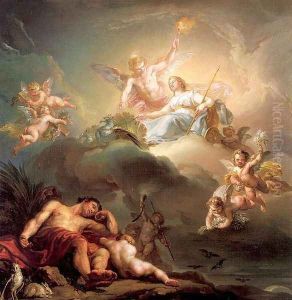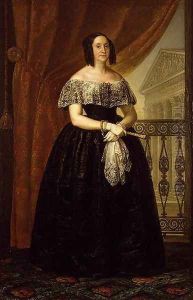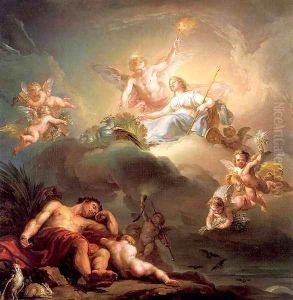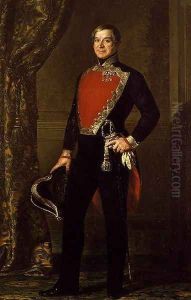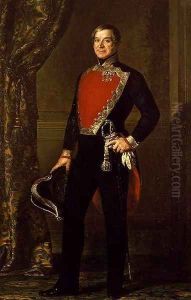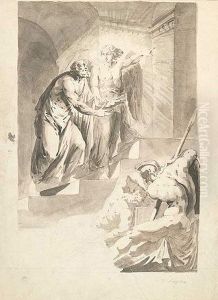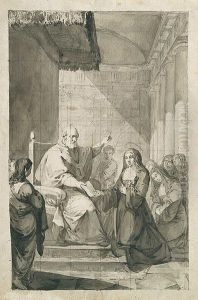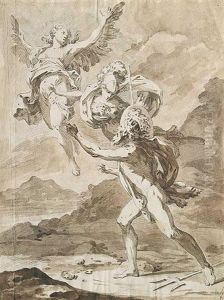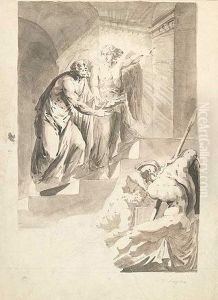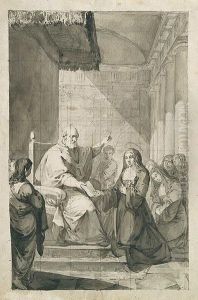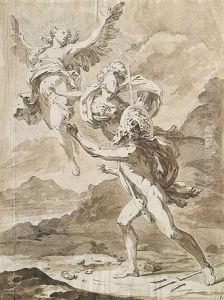Luis Lopez Piquer Paintings
Luis López Piquer was a Spanish painter and engraver born in Valencia in 1802. He was a prominent figure in the Spanish Romantic movement, a period that emphasized emotion, individualism, and the glorification of the past and nature. Piquer's early artistic education was under the tutelage of his father, Vicente López Portaña, who was also a distinguished painter and the court painter to Ferdinand VII.
López Piquer's style evolved from the neoclassical influence of his father into a more romantic and expressive manner. His works often featured historical themes, portraits, and religious subjects, showcasing a keen attention to detail and a mastery of color and light. He was particularly adept at capturing the emotional intensity of his subjects, making his portraits especially compelling.
In 1824, López Piquer traveled to Rome, where he furthered his studies and was exposed to the works of the Italian masters. This experience enriched his artistic vocabulary, and he began incorporating elements of the Italian Renaissance and Baroque styles into his own compositions. During his time in Italy, he also engaged in engraving, which would become a significant aspect of his artistic output.
Upon returning to Spain, López Piquer became a key figure in the artistic community. He was involved in the founding of the Royal Academy of Fine Arts of San Carlos in Valencia, where he also served as a professor. His influence extended beyond his own works, as he played a crucial role in the education of the next generation of Spanish artists.
López Piquer's contributions to Spanish art were recognized during his lifetime, and his legacy has continued to be celebrated. His works are preserved in various museums and collections, testament to his skill and vision. Luis López Piquer passed away in 1865, leaving behind a body of work that continues to be admired for its emotional depth and technical excellence.
